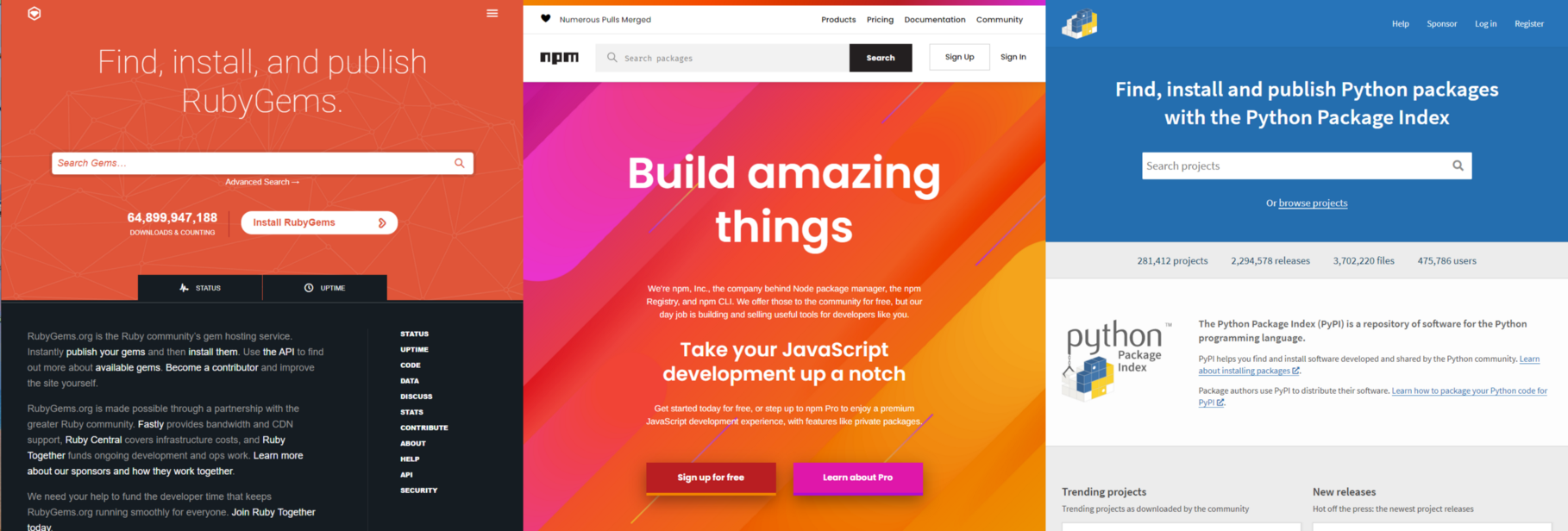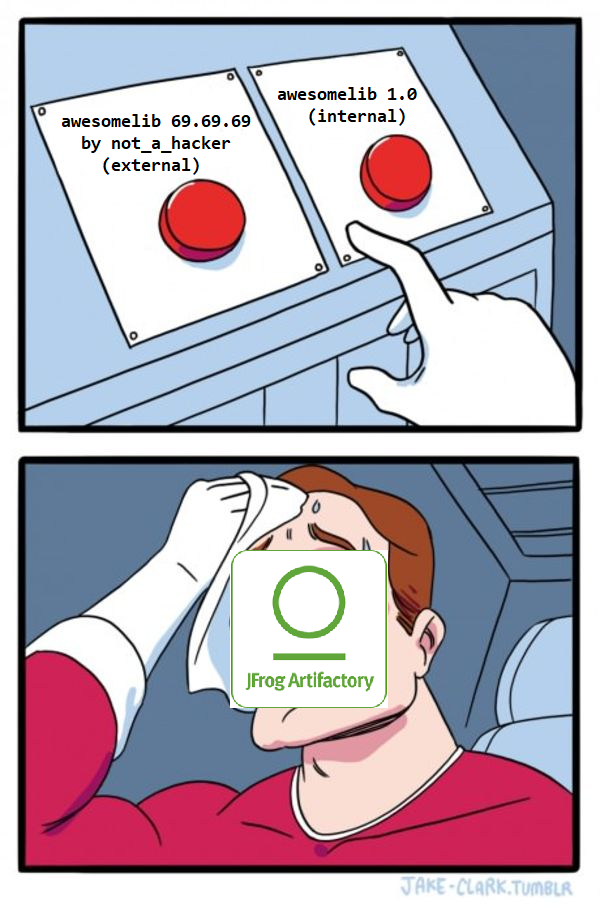Jay Taylor's notes
back to listing indexDependency Confusion: How I Hacked Into Apple, Microsoft and Dozens of Other Companies | by Alex Birsan | Feb, 2021 | Medium
[web search]You have 2 free member-only stories left this month.
And Credit Card Number Too
When hunting for security issues, the pursuit for uncharted assets and obscure endpoints often ends up taking the focus away from obvious, but still critical, functionality.
If you approach a target like you are the first person to ever perform a security assessment on it, and check everything thoroughly, I believe you are bound to find something new — especially if the code you are testing has been in continuous development for a while.
This is the story of a high-severity bug affecting what is probably one of PayPal’s most visited pages: the login form.
Initial discovery
While exploring PayPal’s main authentication flow, I noticed a javascript file containing what appeared to be a CSRF token and a session…
Easy Bugs for Hard Cash
Have you ever heard of the Google Issue Tracker? Probably not, unless you’re a Google employee or a developer who recently reported bugs in Google tools. And neither had I, until I noticed my vulnerability reports were now being handled by opening a new thread there, in addition to the usual email notifications.
So I immediately started trying to break it.










